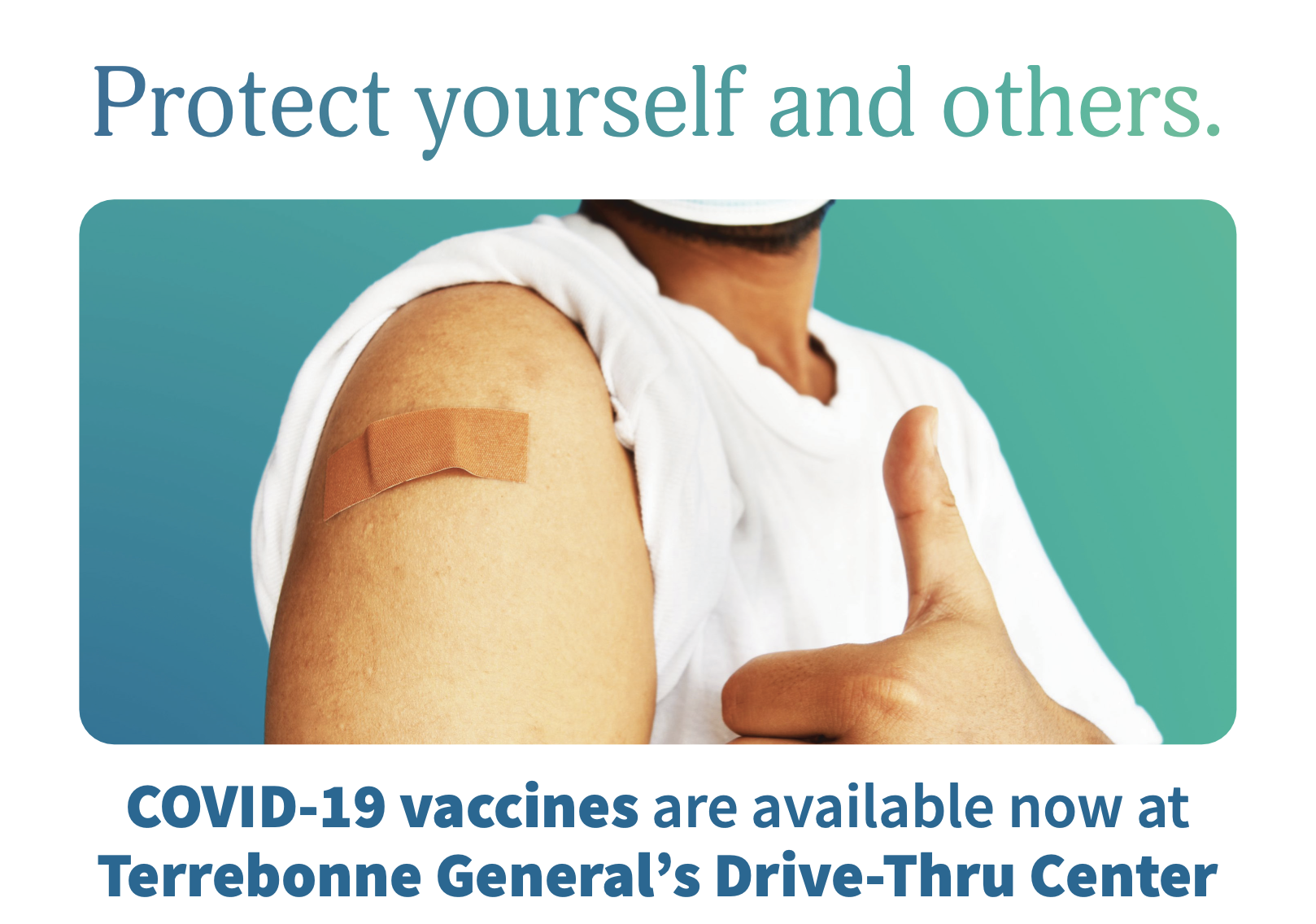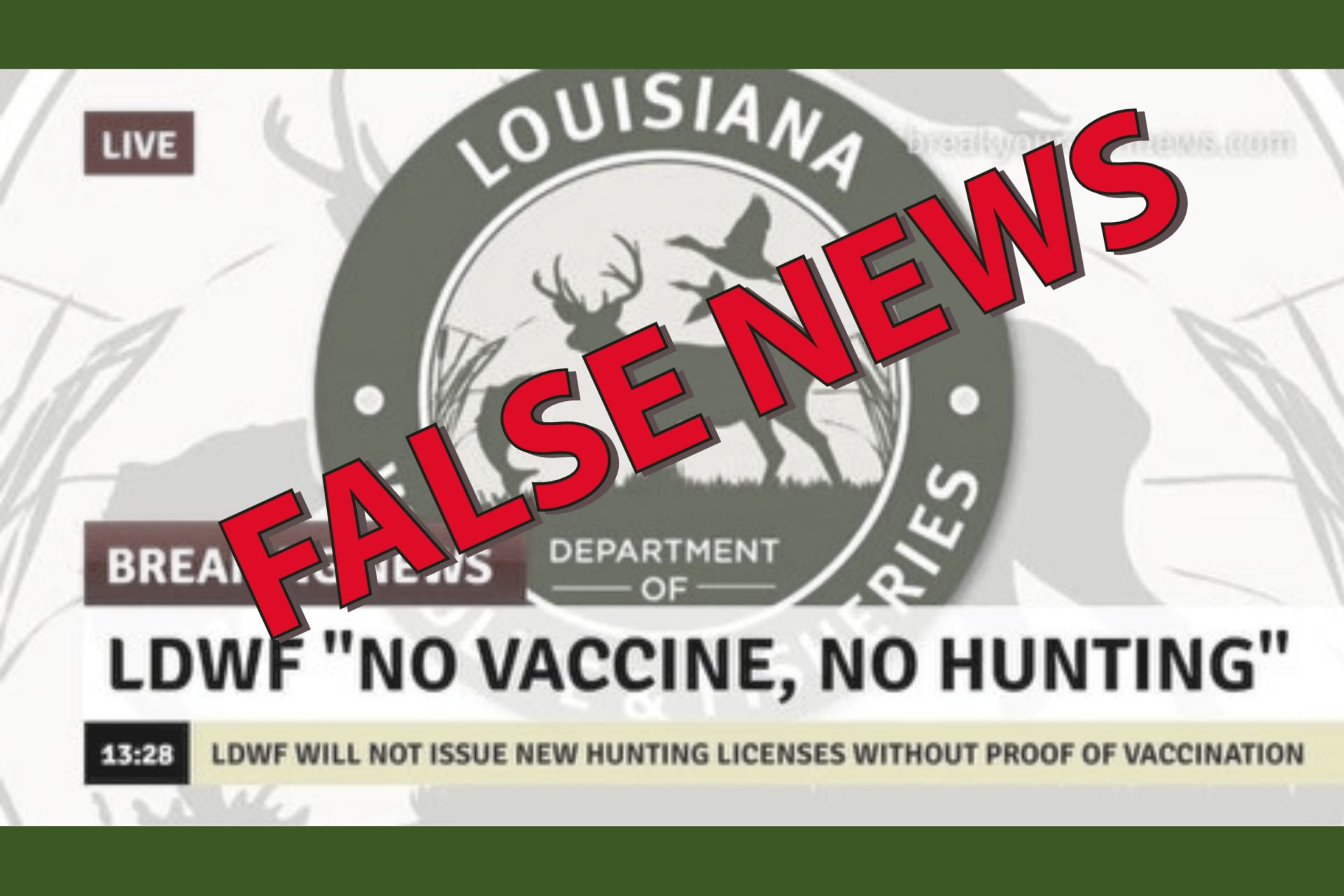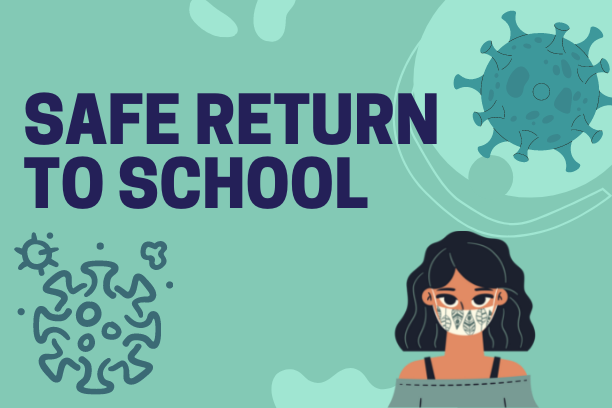
Terrebonne General Health System now offering Third COVID Vaccine for Immunocompromised Patients
August 17, 2021
LDWF: ‘No vaccine, No license’ on social media is a hoax
August 17, 2021Thibodaux Regional has been a leader in the community in navigating the COVID pandemic. With the recent mandates and high stress of children returning to school, they have released a guide to returning safely to schools.
They advise parents to talk to children about school requirements to ease the transition and the importance of explaining expectations at school, such as:
- Students may be asked to sit only with siblings or alone in a seat on the school bus
- Social distancing will be expected in the classroom, lunchroom, playground, and in the hallway and bathrooms
- Desks will be farther apart
- Lunch may not happen in the cafeteria, but rather in the classroom
- If lunch is served in the cafeteria, students will be spread out
- Break, recess, and PE will be different
- There will be more breaks for hand washing during the day. They may be asked to wash upon arrival, several times throughout the day, and before going home
- Wearing masks may make it harder to understand what the teacher is saying. It may be harder for the teacher to understand the students and students need to let the teacher know if they are having difficulty hearing what is being said
- Discourage gatherings before and after school
- Some families may choose home school or virtual learning so some of your friends may not be at school this fall
Parents can also help keep others safe by keeping children home:
- If your child is sick regardless of the illness
- If your child has tested positive for COVID and urges to talk with your healthcare providers about the safe return to school
- If your child is showing any symptoms of COVID including (but not limited to)
- Fever or chills (oral temperature of 100.4)
- Cough
- Shortness of breath or difficulty breathing
- Fatigue
- Muscle or body aches
- Headache
- New loss of taste or smell
- Sore throat
- Congestion or runny nose
- Nausea or vomiting
- Diarrhea
They also say if your child has been in close contact with a person with COVID, which means have been within six feet for at least fifteen minutes of someone positive, had direct contact, shared eating and drinking utensils, or had someone with COVID sneeze, cough, or somehow get respiratory droplets on them. The guide also gives tips on how to keep children healthy, teaches healthy respiratory etiquette, teaching your child how to cope with COVID-related stress, checklists, and more.





